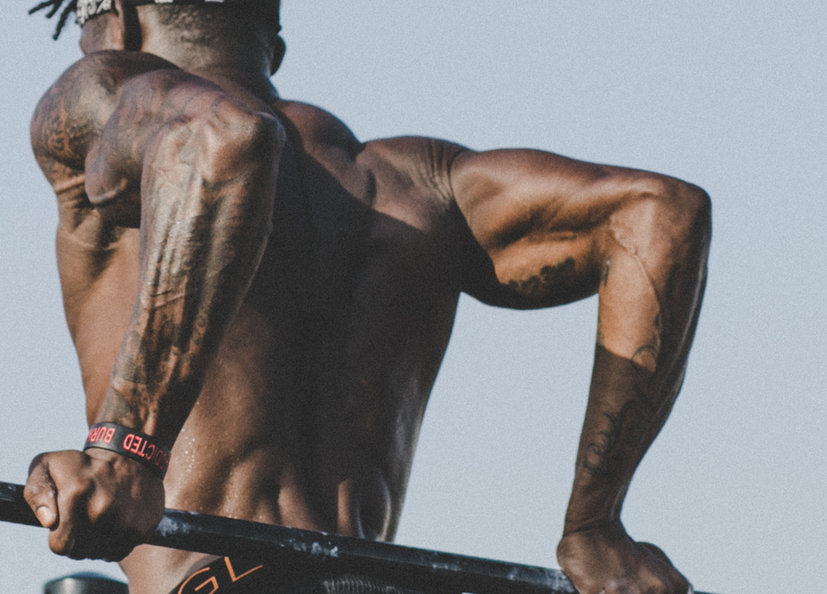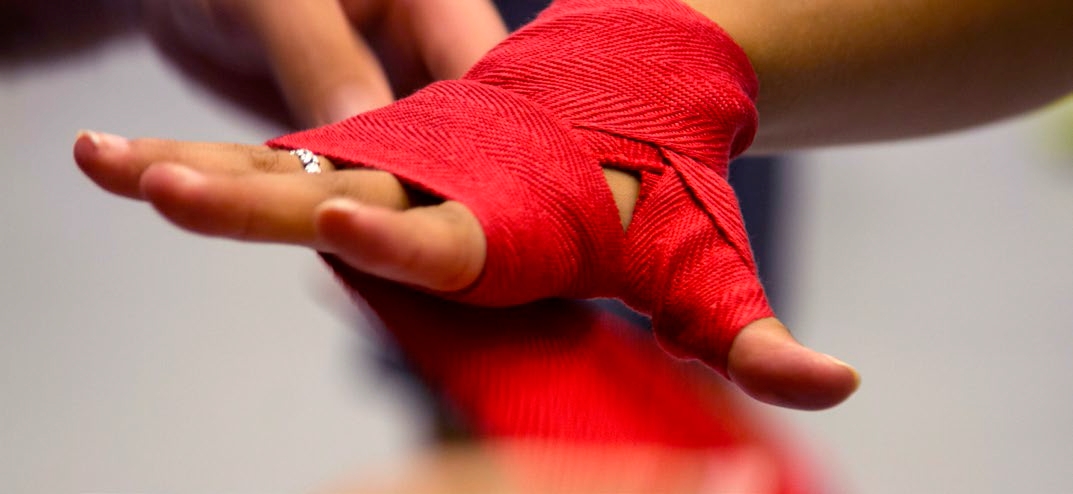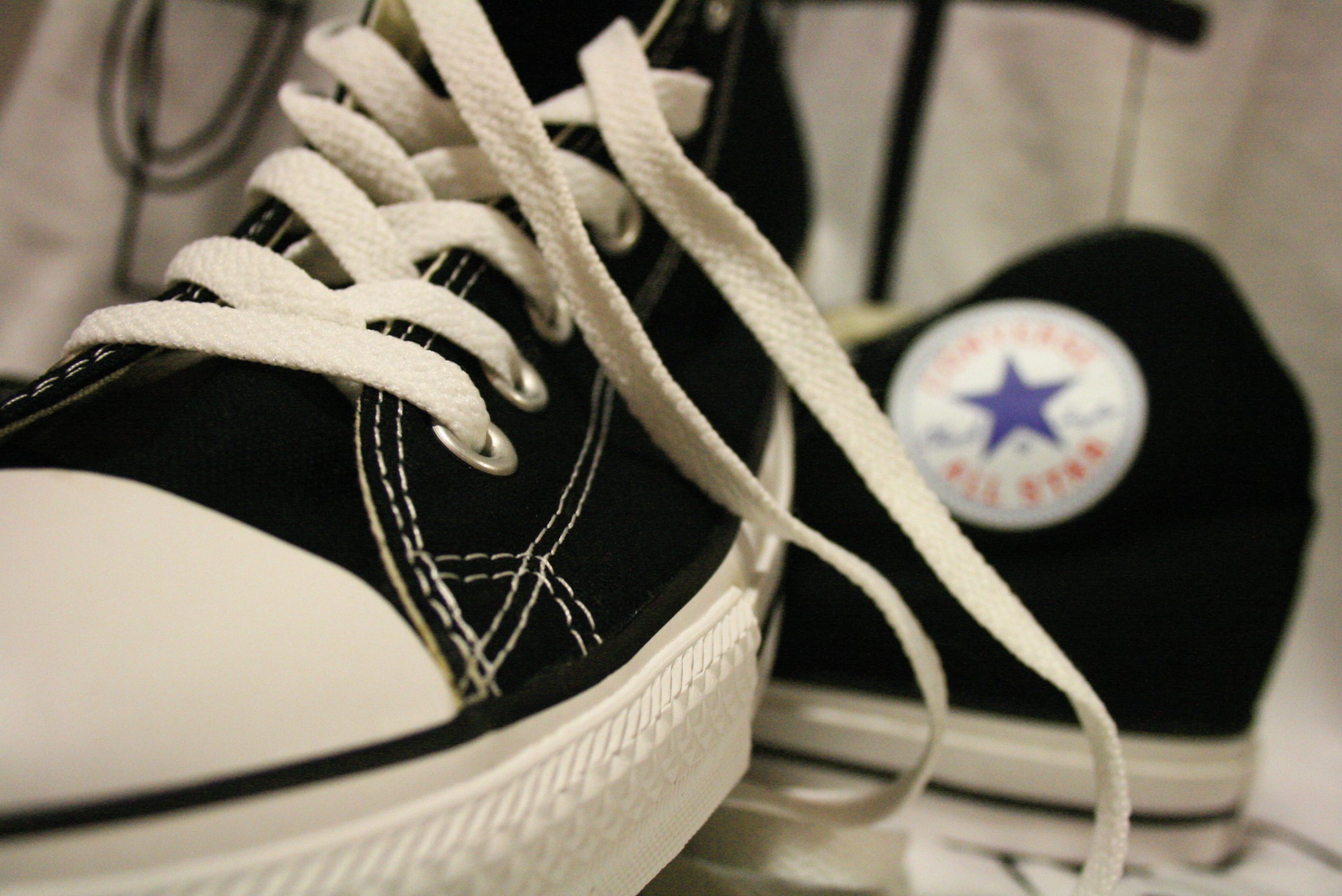Does Weightlifting Help With Bone Density?

One often overlooked aspect of longevity is healthy bones. The older you get the easier it is to break a bone. You know all those elderly folks who have broken hips? It’s not because they fell, they fall because they broke their hip! The bone breaks, and then they fall.
Before finding out that fact I thought the elderly need to be more careful about falling over. But it’s actually just as important to have strong bones. Some folks fall and break their hips, others break their hips and then fall.
The simple act of twisting their bodies or putting pressure on weak hip bones can break them.
And a broken hip can be a death sentence for many people. The older you are the longer it takes to recover from a broken hip. If you are stuck in bed with a broken hip, all kinds of other comorbidities start to show up. Things like blood clots. Some reports show that up to 50% of patients with hip fracture die within six months and many of those who survive do not recover their baseline independence and function.
I also know that low impact sports like cycling and swimming to do not help with bone strength and density. It’s interesting because these are considered very healthy forms of exercise because they do not impact your joints in negative ways. But for bone strength you may need some impact. Walking and running help with bone strength, but what about weightlifting?
Here I explore if weightlifting creates enough of an impact on bones to strengthen them, or if it is more similar to cycling, in that it doesn’t actually help with bone density/strength.
The Science Behind Strong Bones
Bones stay strong through a dynamic process called bone remodeling, which involves two main types of cells: osteoblasts and osteoclasts.
- Osteoblasts: These are cells responsible for bone formation. They produce and secrete proteins such as collagen, which form the structural framework of bone. Osteoblasts also mineralize the bone matrix by depositing calcium and phosphate minerals, which give bones their hardness.
- Osteoclasts: These are cells responsible for bone resorption, the process of breaking down bone tissue. Osteoclasts secrete acids and enzymes that dissolve the mineral matrix of bone, releasing calcium and phosphate ions into the bloodstream.
Bone strength is maintained through a delicate balance between these two processes:
- During bone growth and repair, osteoblasts predominate, adding new bone tissue.
- During times of bone remodeling, osteoclasts remove old or damaged bone tissue.
- Bone strength is also influenced by factors such as diet, exercise, hormonal balance (especially estrogen and testosterone), and genetics.
Regular weight-bearing exercise, adequate intake of calcium and vitamin D, and a balanced diet rich in nutrients necessary for bone health (such as protein, phosphorus, magnesium, and vitamin K) can help support bone strength and density. Additionally, avoiding behaviors that weaken bones, such as smoking, a sedentary lifestyle, and excessive alcohol consumption, is important for maintaining bone health over time.
The older you get the weaker your bones will be. This is natural and happens to everyone. Working on strengthening your bones can slow this process down and keep your bones relatively healthy into old age.
Weightlifting and Bone Health
Weightlifting can help keep bones healthy and strong. Weightlifting, or resistance training, involves lifting weights or using resistance machines to strengthen muscles. When you lift weights, your muscles pull on your bones, stimulating bone growth and increasing bone density. This process is known as mechanical loading.
Weightlifting can benefit bone health in several ways:
- Increases bone density: Regular weightlifting puts stress on your bones, which stimulates the production of osteoblasts, the cells responsible for bone formation. Over time, this helps increase bone density, making bones stronger and less susceptible to fractures.
- Stimulates bone remodeling: Weightlifting promotes bone remodeling, the process by which old bone tissue is replaced with new bone tissue. This helps maintain the structural integrity of bones and keeps them healthy.
- Improves muscle strength and coordination: Weightlifting not only strengthens bones but also increases muscle strength and coordination. Strong muscles provide better support and protection for bones, reducing the risk of falls and fractures.
- Enhances overall health: Weightlifting has numerous other health benefits, including improved cardiovascular health, better metabolism, and increased overall strength and fitness. These benefits contribute to better overall health and well-being, which indirectly support bone health.
Weightlifting primarily targets specific areas of the body where the muscles are engaged, such as the arms, shoulders, back, chest, legs, and hips. It provides a direct and localized stimulus for bone adaptation in those areas.
If you’re new to weightlifting or have any underlying health conditions, consider consulting with a fitness professional or healthcare provider before starting a weightlifting program. Walking is a fine way to start stimulating bones without much additional risk of injury.
Weightlifting Versus Running
Running and walking are weight-bearing activities that involve repetitive impact forces transmitted through the bones of the lower body. With each step, the impact of body weight against the ground creates mechanical stress on the bones, particularly in the legs and hips. This mechanical loading stimulates bone remodeling and increases bone density, especially in the weight-bearing bones such as the femur (thigh bone), tibia (shin bone), and pelvis. Running and walking also engage muscles throughout the body, providing additional support and protection for the bones.
Weightlifting primarily targets specific muscle groups and bones involved in the exercises being performed, providing a localized stimulus for bone adaptation. This is why you should consider full-body compound exercises like squats, overhead-presses, and deadlifts. These exercises put stimulus on bones throughout your body.
Running and walking distribute mechanical loading more evenly across the weight-bearing bones of the lower body, stimulating bone remodeling throughout the legs and hips.
Weak Bones Can Get Stronger
Bones can get stronger even after being weakened by age through a process called bone remodeling. Bone remodeling is a continuous process throughout life where old bone tissue is broken down (resorption) by cells called osteoclasts and new bone tissue is formed (formation) by cells called osteoblasts.
While bone density tends to peak in early adulthood and gradually declines with age, it is possible to slow down or even reverse bone loss through various lifestyle interventions and medical treatments. Though the older you are the harder it will be to gain new bone strength. It’s a lot easier to maintain healthy bones than to get unhealthy bones to become healthy.



